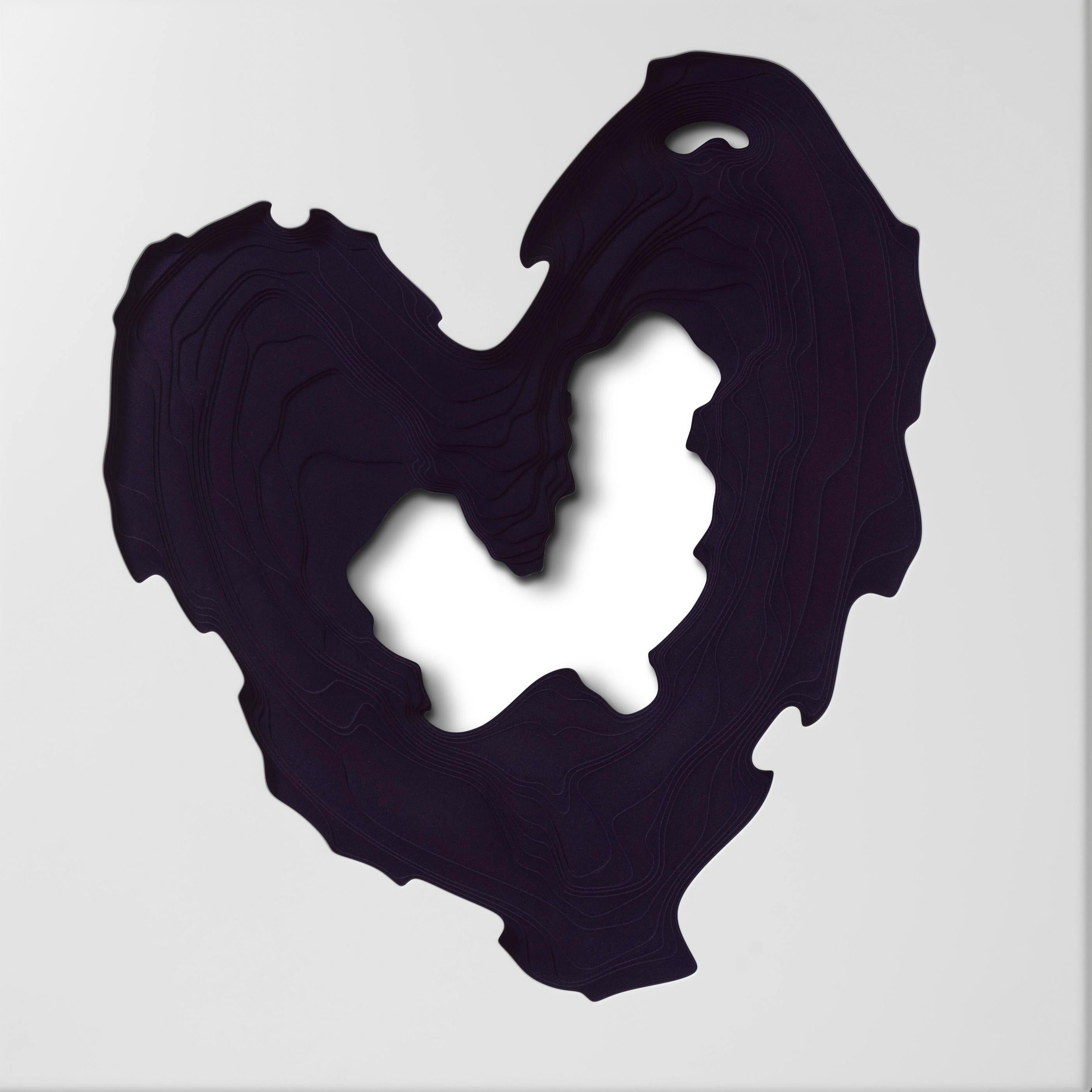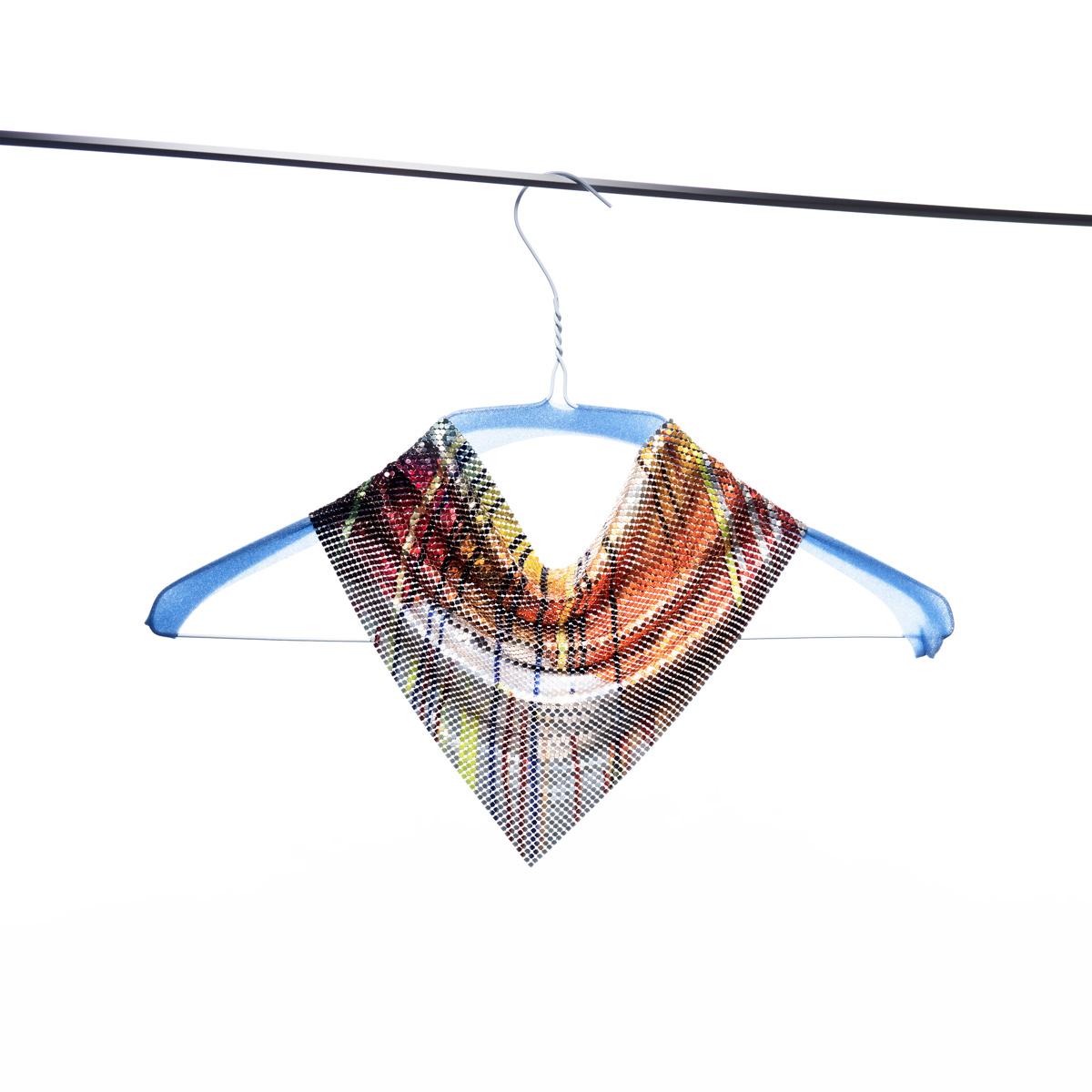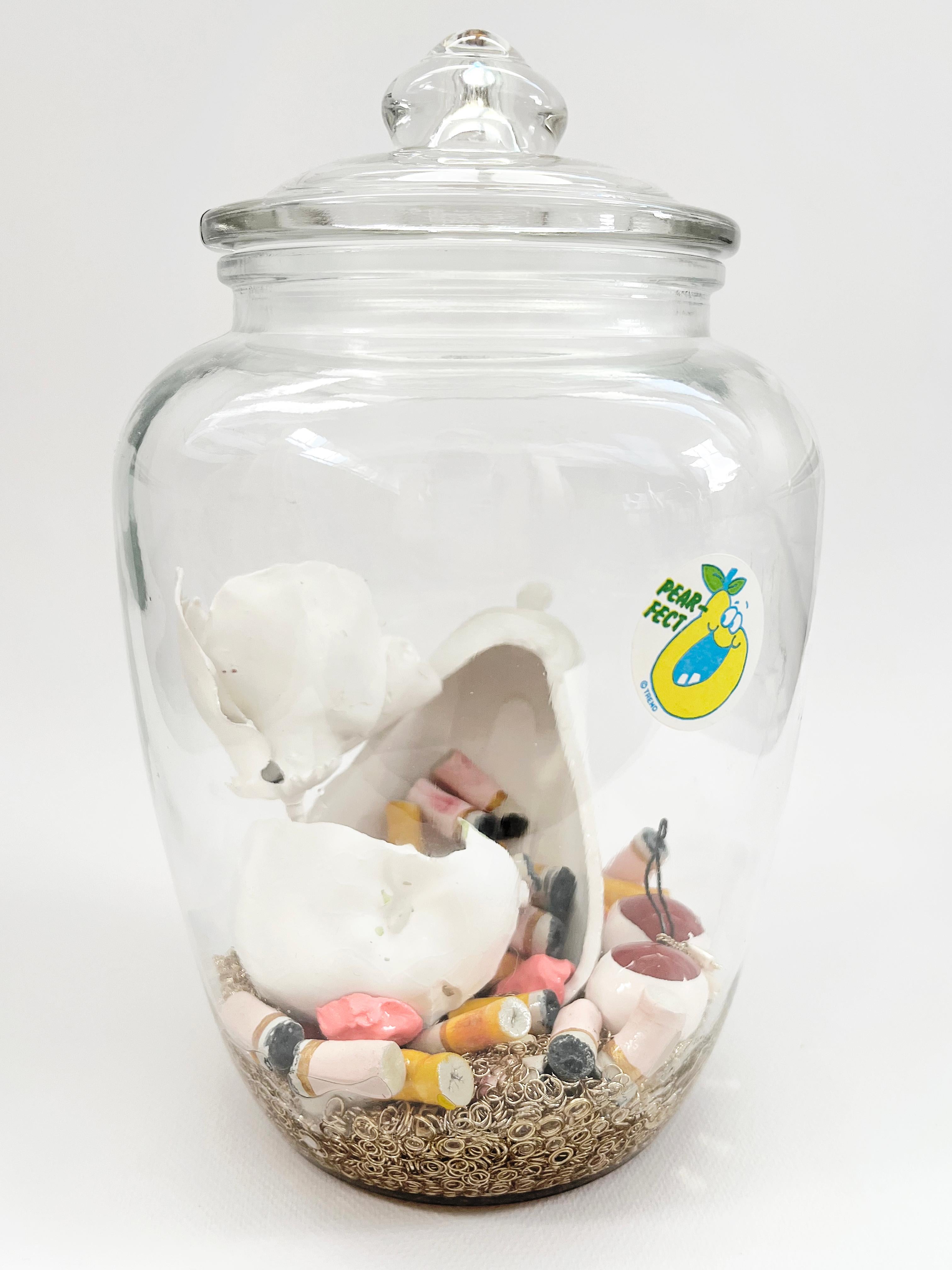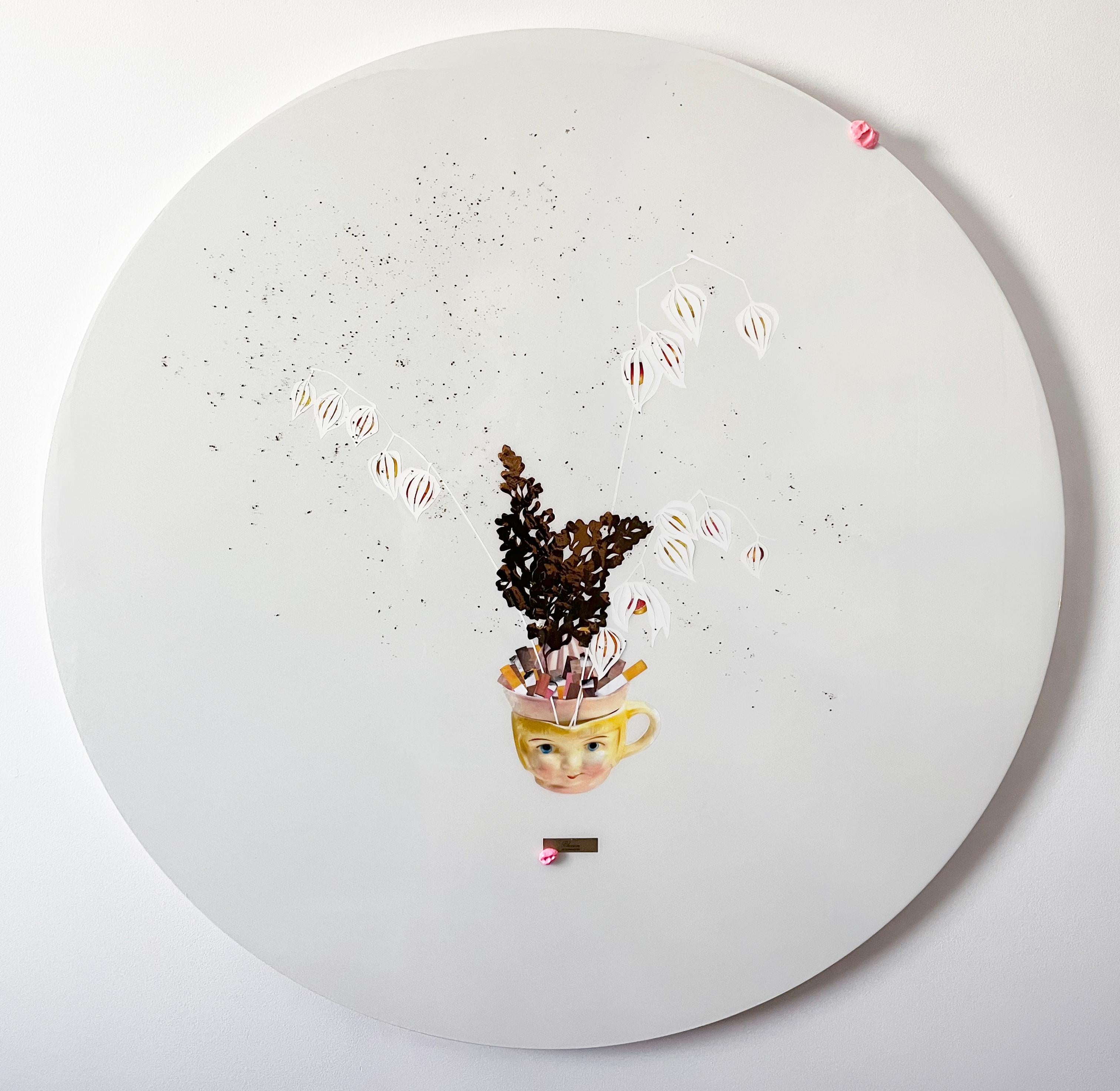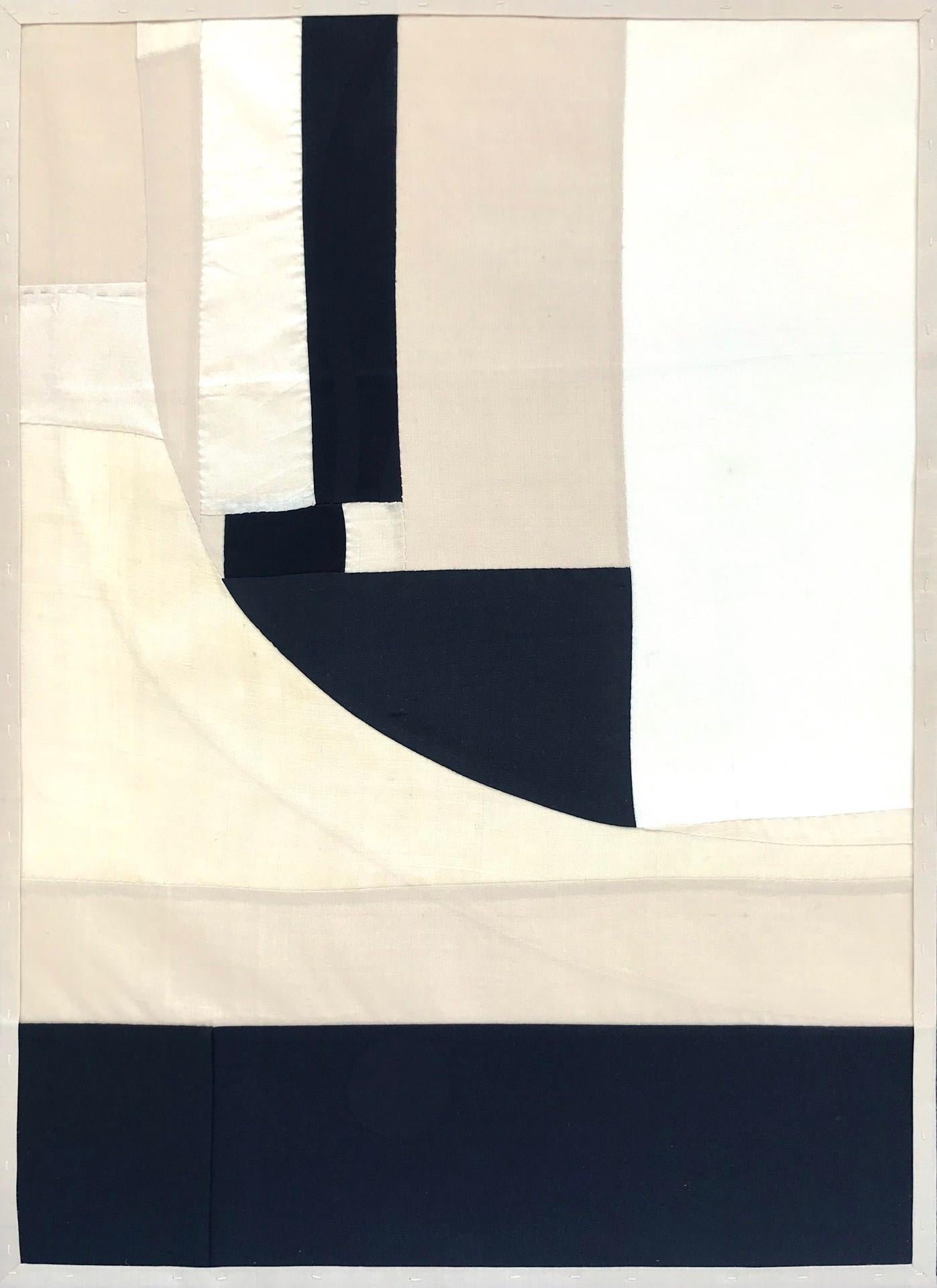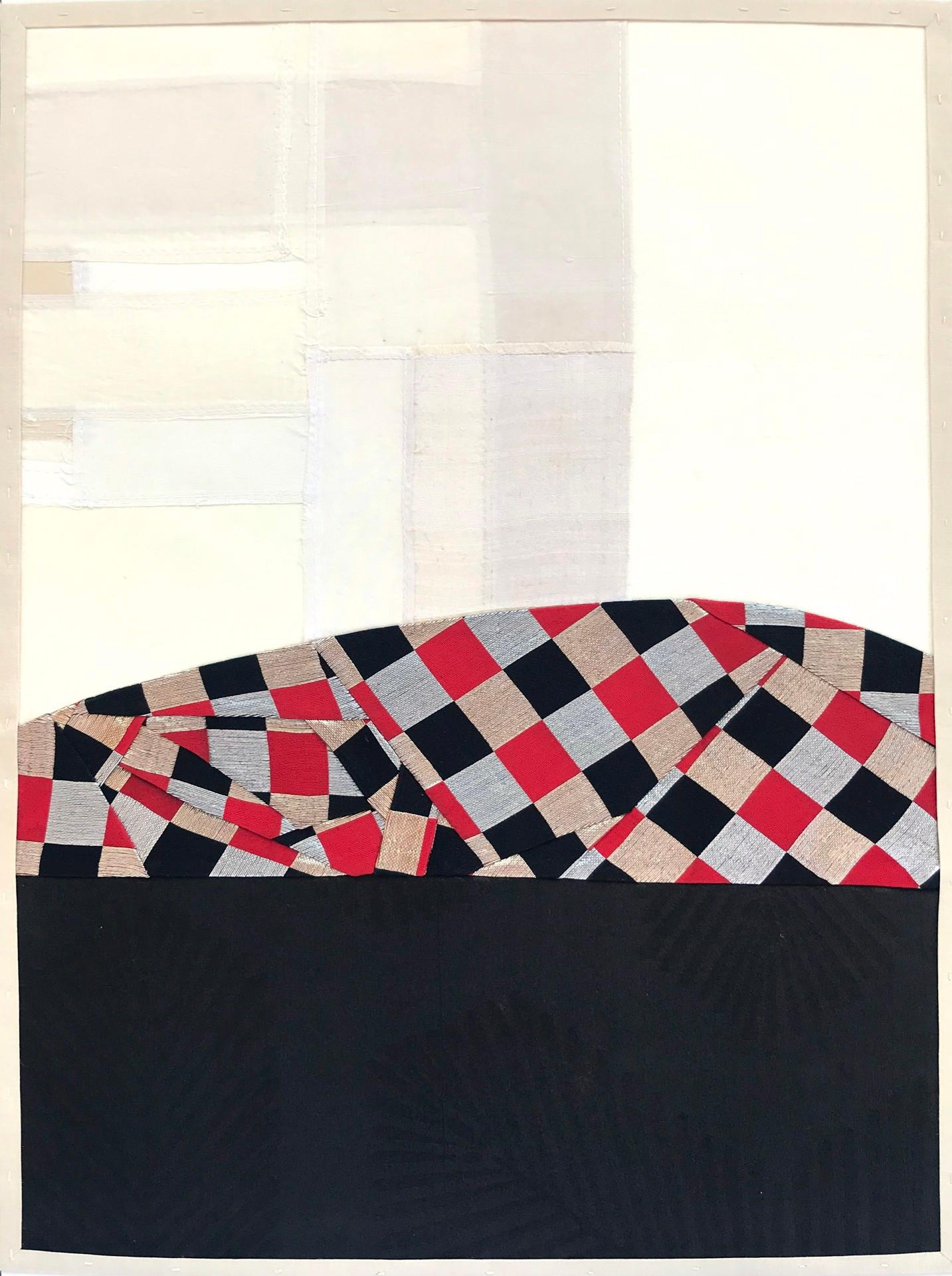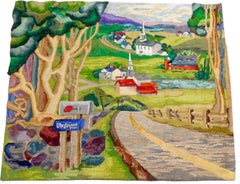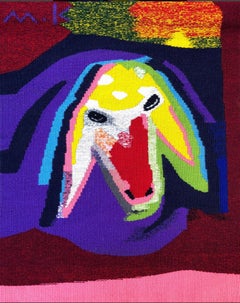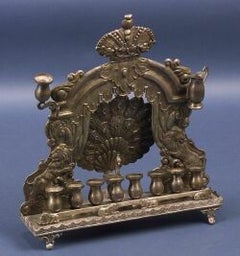
Rare Antique Silver Peacock Hanukah Lamp Judaica Menorah
View Similar Items
Want more images or videos?
Request additional images or videos from the seller
1 of 2
UnknownRare Antique Silver Peacock Hanukah Lamp Judaica Menorah
About the Item
- Dimensions:Height: 13.5 in (34.29 cm)
- Period:
- Condition:good, one minor repair on leg.
- Gallery Location:Surfside, FL
- Reference Number:1stDibs: G140331382115
About the Seller
4.9
Platinum Seller
These expertly vetted sellers are 1stDibs' most experienced sellers and are rated highest by our customers.
Established in 1995
1stDibs seller since 2014
1,550 sales on 1stDibs
Typical response time: 1 hour
More From This SellerView All
- Large Americana Folk Art Pictorial Hooked Rug Wool Wall Hanging TapestryBy Trudi ShippenbergLocated in Surfside, FL"RFD Courant", hooked rug tapestry, rural community with country homes and buildings throughout rolling hills, lush green trees with three-dimensional leaves frame the scene, in the...Category
20th Century Folk Art Mixed Media
MaterialsFabric, Wool
- Israeli Hand Woven Colorful Wool Tapestry Weaving Menashe Kadishman Sheep HeadBy Menashe KadishmanLocated in Surfside, FLBeautiful hand woven tapestry by renowned Israeli sculptor Menashe Kadishman. Super quality, and visually stunning. It measures about 32.5 X 27.5 inches It is signed with initials. ...Category
20th Century Modern Mixed Media
MaterialsWool
- Chine Colle Photo Collage Assemblage Art Jockey, President Clinton InvitationBy Ivan ChermayeffLocated in Surfside, FLIvan Chermayeff born London, United Kingdom, 1932 Chermayeff was one of the greatest American graphic designers, the son of the Russian born, British architect Serge Chermayeff. Ivan Chermayeff Graduated from the Phillips Academy of Andover, Massachusetts in 1950. He studied at Harvard until 1952, and the Institute of Design (New Bauhaus) until 1954. Graduated from the Yale School of Arts and Architecture in 1955 with a Bachelor of Fine Arts. The same year he did a short apprenticeship with Alvin Lustig—a pioneer of American graphic design—and then moved on to CBS as Assistant Art Director in record cover design. In 1956 he co-founded Brownjohn, Chermayeff & Geismar Associate, with Robert Brownjohn and his former schoolmate Tom Geismar. In 1959 Brownjohn left and the studio changed to Chermayeff & Geismar Inc. It soon became one of the best-known design firms worldwide. The firm produced over six-hundred marks, and they were among the very first to develop an abstract trademark (Chase Bank, 1960), still in use today. In 1964 they designed the outstanding corporate identity of Mobil Oil, that is one of the most recognizable identities ever. From its foundation, the studio served major companies including Giorgio Armani, Barneys, Hearst, MoMA (Museum of Modern Art), National Geographic, NBC (National Broadcasting Company), PBS (Public Broadcasting Service), Rockefeller, and others. Recently, Serge Haviv joined as a new partner and the firm changed to Chermayeff & Geismar & Haviv. Besides his design profession, Chermayeff is a talented illustrator artist and collagist. Many graphic pieces he made show a perfect balance of rational logics with imagination, featuring both abstract geometric shapes and figurative images. His collages require a same sense of witty assemblage, where gathered information, like scraps of paper, stamps, and Polaroid pictures combine as fragmented clues to a greater message. The collages often take the shape of people, whose facial features are born of scraps and daily ephemera. They are amusing and infinitely thought-provoking; as Chermayeff has said, “Collages make it possible for everything to be something else.” Board overseers at Parsons School of Design and trustee at New School University from 1988 to 2002. Visiting professor at Cooper Union, University of California, and Kansas City Art Institute. President of AIGA (American Institute of Graphic Arts) from 1963 to 1966. Trustee of MoMA (Museum of Modern Art) from 1965 to 1986. Member of the board of directors of IDCA (International Design Conference in Aspen) from 1968 to 1999. Board Director at Municipal Art Society of New York in 1972-76. Member of AGI (Alliance Graphique Internationale) since 1978. Board Director at Smithsonian Institution from 1988 to 1996. He was elected to the Hall of Fame of ADC New York (Art Directors Club) in 1982. Trustee of the Archives of America Art in 1987-90. Royal Designer for Industry since 1992. He was awarded numerous prizes including the Industrial Art Medal from AIA (American Institute of Architects) in 1967, the Philadelphia College of Art Gold Medal in 1971, AIGA Gold Medal (American Institute of Graphic Arts) in 1979, the President’s Fellow Award from the Rhode Island School of Design in 1981, the First International Design Award from Japan Design Foundation in 1983, the Yale Arts Medal in 1985, the Distinguished Service Award from New School University in 1999, the Society of Illustrators Gold Medal in 2002, the Tokyo Type Directors Club Award in 2004, and the National Design Award for Lifetime Achievement in 2014. He also received a honorary doctorate in law from the Portland School of Art in 1981, and two honorary doctorates in fine arts from the Philadelphia University of Arts and the Corcoran Museum of Art, Washington in 1991. Along with Seymour Chwast, Sid Chafetz, Saul Bass, Milton Glaser, Paul Rand, Ikko Tanaka...Category
1960s Pop Art Mixed Media
MaterialsPaper
- Israeli Hand Woven Colorful Wool Tapestry Weaving Menashe Kadishman Sheep HeadBy Menashe KadishmanLocated in Surfside, FLBeautiful hand woven tapestry by renowned Israeli sculptor Menashe Kadishman. Super quality, and visually stunning. It measures about 32.5 X 27.5 inches It is signed with initials. ...Category
20th Century Modern Mixed Media
MaterialsWool
- Wool Felt Applique Israeli Folk Art Signed Tapestry Kopel Gurwin Bezalel SchoolBy Kopel GurwinLocated in Surfside, FLThis depicts KIng David reciting Psalms, Hallelujah in Hebrew Kopel Gurwin (Hebrew: קופל גורבין) (1923–1990) was an Israeli tapestry wall hanging, painter and graphic artist. Kopel (Kopke') Gurwin (Gurwitz) was born and raised in Vilna, the capital of Lithuania. He spoke Yiddish at home, but simultaneously studied Hebrew at their school which was part of the Tarbut educational network. Kopel was active in the Hashomer Hatzair youth movement. In the 1930s, as a teenager, Kopel helped his parents with the home finances by working in a suit workshop, there he first encountered the art of sewing. With the outbreak of the Second World War and the German invasion of Vilna, the Jews were imprisoned in camps and ghettos. Kopel and his brother Moshe were separated from their parents and were put to work in coal mines and peat. Kopel's parents were taken to the Stutthof Nazi concentration camp where they died of typhus within a month of each other. Kopel's 12-year-old sister Chava was turned over to the Germans by a Polish family and murdered. The brothers were arrested by the Germans, but were saved thanks to the connections of Nina Gerstein, Kopel's drama teacher. They hid in an attic until they were discovered, fled and moved to Riga, where they were caught and sent to the Stutthof concentration camp where they were imprisoned until the end of the war. They were put to work maintaining and cleaning trains and took part in one of the death marches. In July 1946, Kopel and Moshe sailed to Helsingborg, Sweden, as part of operation "Folke Bernadotte", in which Sweden took in ill survivors for rehabilitation. Once he recovered, Kopel worked in a publishing house and later was appointed director of the local branch of the Halutz movement. In 1950 Kopel and Moshe made aliyah to Israel. Kopel worked as a survey for the Survey of Israel Company. In 1951, he enlisted to the Communication Corps and served as a military draftsman. There he won first prize for the design of the front cover of the Communication Corps bulletin. With his discharge from the army at 29 he started studying drawing and graphics at the Bezalel Academy of Arts and Design in Jerusalem. Among his teachers were Isidor Ascheim, Shlomo Vitkin, Yossi Stern and Jacob Steinhardt. At the end of his first year of study, Kopel won the Reuben and Sarah Lif Excellence Award in written studies. During his studies he also won additional prizes: In 1956 he won first prize from the Lethem Foundation in California for poster design. Later the same year, Kopel won the Hermann Struck prize for his drawing on the theme of Jerusalem. In 1957 he won an additional first prize from the Lethem Foundation and second place from the printing company Ortzel for a drawing for a Jewish New Year greeting card. In 1958 he won first prize in a competition to design a poster for Tel Aviv's jubilee. Two years later he won three other awards: First and third prize for designing a poster for Israel Independence Day, celebrating 12 years of the State of Israel. Also that year Kopel won first prize for a poster to mark the 25th Zionist Congress. In 1964 he entered the Independence Day poster competition on the theme of aliyah and won first and second prize. Four years later he again entered the competition on the theme of 20 years of Israel's independence and won first prize. The poster was styled like a Holy Ark curtain with two lions and a menorah at its centre. This poster appeared on the cover of the famous book Jewish Art and Civilization, edited by Geoffrey Wigoder as well as the record Voices of 20 Years, 1948-1968, edited by Yossi Godard. In April 1971 he won first prize in the Independence Day poster competition for the fourth time. Kopel's Folk Art tapestry won the Israeli Independence Day Poster Contest in 1968 With the completion of his studies at Bezalel Kopel moved to Tel Aviv and was hired by Shmuel Grundman's graphics and design studio. Grundman took him to Europe with him to design and supervise the construction of Israeli exhibition pavilions. During his time at Grundman's he discovered the fibrous felt from which he produced most of his wall hangings. At the 1964 Levant Fair exhibition he used felt stuck onto wooden panels for the first time. The first felt wall hanging that Kopel produced was intended for the American Cultural Centre in Jerusalem and its theme was the United States Declaration of Independence. The wall hanging, which measured 2.85 X 1.85 meters, was stuck on a wooden panel. Kopel ordered rolls of felt from France and began work on wall hangings based on bible stories. He used a needle, hand sewing small even stitches with black embroidery thread which framed and highlighted every detail in the work, as well as using appliqué. The interior designer, Alufa Koljer-Elem, introduced him to Ruth Dayan who managed the shop Maskit in September 1967 he opened his first solo exhibition at the Maskit 6 gallery, in which 12 wall hangings were displayed. In light of the exhibition at Maskit 6, Meira Gera, the director of artistic activity at the America-Israel Cultural Foundation, organized an additional exhibition of his works at the foundation's exhibition hall in New York City. The exhibition sparked immense press interest, and was also displayed for a few months at the New York Jewish Museum, from where it travelled throughout the United States. Followed by the exhibition at the Delson-Richter gallery in Old Jaffa, which was later also exhibited at the Jerusalem Theatre. Kopel's tapestry "The Time for Singing has Arrived" was printed on a UNICEF greeting card in 1978 and again in 1981. The Israeli Philatelic Service issued three stamps based on three of Kopel's holy ark curtains and one stamp based on an Independence Day poster he designed. Kopel's creations decorate a large number of synagogues, public buildings, hotels and private collections which were purchased in Israel and around the world. They have decorated, among others, the walls of the King David Hotel in Jerusalem, the VIP room at Ben Gurion Airport, the Kfar Saba theatre and the Plaza Hotel in Tel Aviv. Israel has had a Vibrant Folk Art, Naive art scene for a long time now artists like Israel Paldi, Nahum Guttman, Reuven Rubin had naive periods. The most well know of the strict naive artists are Shalom of Safed, David Sharir, Irene Awret, Gabriel Cohen, Natan Heber, Michael Falk and Kopel Gurwin. Exhibitions: 1995 The Knesset Jerusalem 1988 Temple Beth Shalom Miami, Florida 1988 University of Jewish Studies Los Angeles 1987 Israel Congregation on the Northern Coast Chicago 1985 Jerusalem Theatre Jerusalem 1984 Tenafly New Jersey 1983 Horace Richter Gallery Old Jaffa 1974 Jerusalem Theatre Jerusalem 1974 Delson Richter Gallery Old Jaffa 1972 University of Jewish Studies Miami, Florida 1971 Jewish Museum New York 1970 Norman Gallery Canada 1970 Sharei Tzedek Congregation Winnipeg, Canada 1970 Gallery of the Year Los Angeles 1970 Gallery of the Year Scottsdale 1969 Gleeman Gallery Chicago 1969 Israel Congregation of the Northern Coast Chicago 1967 Maskit 6 Tel Aviv Prizes: 1971 First Independence Day poster 1971, 23 yeaes of the State of Israel 1969 Second International Tel Aviv poster...Category
20th Century Folk Art Mixed Media
MaterialsWool, Felt
- Large 3D Cast Paper Abstract Oil Monoprint Unique Monotype Painting John WalkerBy John WalkerLocated in Surfside, FLJohn Walker British (b. 1939) Salsipuedes Forms (1991) Monoprint relief print with dry pigment, monotype Hand signed lower right Provenance: Garner Tullis Workshop A monotype is literally one of a kind; it is not a method of multiplication. The artist makes an image with a liquid medium on wood, metal or glass, and paper is laid over the moist image and bonded under pressure the paper is then removed bringing with it the transposed monotype. John Walker (born 1939) is an English painter and printmaker. He has been called "one of the standout abstract painters of the last 50 years." Walker studied in Birmingham at the Moseley School of Art, and later the Birmingham School of Art and Académie de la Grande Chaumière in Paris. Some of his early work was inspired by abstract expressionist art and post-painterly abstraction, and often combined apparently three-dimensional, sculptural shapes with "flatter" elements. These pieces are usually rendered in acrylic paint. In the early 1970s, Walker made a series of large...Category
1990s Abstract Expressionist Mixed Media
MaterialsMonoprint, Monotype
You May Also Like
- Contour Phoenix (Candy), contemporary, heart, Czech, British, Bespoke, pinkLocated in Knowle Lane, CranleighContour Phoenix (Deep Purple) is a unique piece by British/Czech artist Petr Weigl. It is composed using model board on an aluminium panel with a flock coated surface & an outer layer encasement made from Hi-Macs. This piece originally innovated throughout the midst of the pandemic is an intimate symbol birthed to convey a reconnection to strength, unity and love rising...Category
2010s Contemporary More Art
MaterialsMixed Media
- Contour Phoenix (Deep Purple), contemporary, heart, Czech, British, BespokeLocated in Knowle Lane, CranleighContour Phoenix (Deep Purple) is a unique piece by British/Czech artist Petr Weigl. It is composed using model board on aluminium panel with a flock coated surface & an outer layer encasement made from Hi-Macs. This piece originally innovated throughout the midst of the pandemic is an intimate symbol birthed to convey a reconnection to strength, unity and love rising...Category
2010s Contemporary More Art
MaterialsMixed Media
- Figurative, art deco acrylic painted Cigar BoxBy Giancarlo ImpigliaLocated in Bridgehampton, NYThe perfect gift for the cigar lover: a hand-painted cigar box by world-renowned Giancarlo Impiglia. Born in Rome, Impiglia moved to New York in the 70s, where he established a sig...Category
2010s More Art
MaterialsWood, Acrylic
- Beautiful #9By Katharina GrosseLocated in 'S-GRAVENHAGE, ZHThroughout her expansive practice, Katharina Grosse frees abstract painting from the traditional confines of two-dimensional picture planes. The artist is best known for her large-scale in situ installations in which she sprays paint directly onto the surfaces of architecture, interiors, and landscapes—her vibrant hues become inseparable from the land, structures, and grit they cover. Grosse has also painted canvases while they hang on the wall, draped canvases...Category
2010s More Art
MaterialsBrass
- Black & White Collage on Board w. a Touch of RedBy (After) Robert RauschenbergLocated in Hudson, NYReally well done collage in black and white with a few subtle touches of deep red. Collage is done on a box board and ready to hang.Category
20th Century Modern Mixed Media
MaterialsPaint, Paper, Glue, Board, Magazine Paper
- Pear-fect SpecimenLocated in Nashville, TNThis contemporary piece from Danielle Krysa asks the viewer if beauty can be born from the wreckage of whatever each of our personal setbacks may be. The piece was created for Krysa'...Category
2010s Contemporary Mixed Media
MaterialsCeramic, Glass, Found Objects, Clay, Resin, Latex
Recently Viewed
View AllMore Ways To Browse
Judaica Menorah
Antique Oil Lamp Fonts
Antique Silver Menorahs
Antique Menorah Silver
Silver Menorah Antique
Antique Silver Menorah
19th Menorah
Menorah 19th Century
Standing Peacock
Antique Silver Peacock
Antique Peacock Lamp
Antique Peacock Lamps
Oil Jug Antique
Antique Judaica Silver
Antique Silver Judaica
Judaica Antiques
Antique Jug Lamp
Antique Oil Menorah

